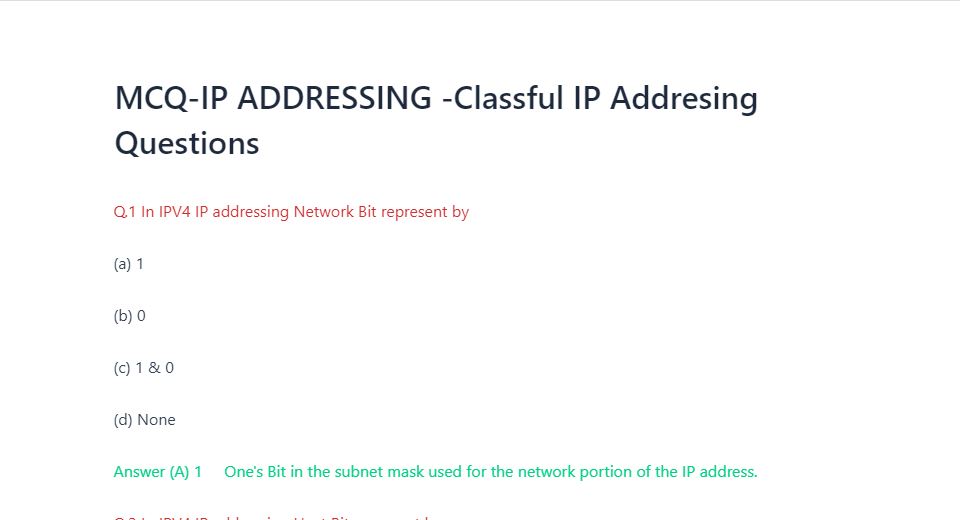Problem:
A user types in www.example.com in their browser. The DNS resolver takes the following steps:
- Step 1: Checks its cache to see if it has recently resolved
www.example.com. - Step 2: If the cached record exists, it will use the cached IP address.
- Step 3: If the cached record has expired or is not found, the resolver will make a fresh query to the root server, TLD server, and authoritative DNS server to resolve the domain.
Given:
- The TTL of the DNS record for
www.example.comis set to 3600 seconds (1 hour). - The DNS resolver made the initial query at 10:00 AM.
- The user tries to access
www.example.comagain at 10:40 AM (40 minutes later). - After that, the user tries again at 11:30 AM (1 hour and 30 minutes later).
Questions:
- Is the DNS record still cached at 10:40 AM, and will the DNS resolver use the cached IP address?
- Is the DNS record still cached at 11:30 AM, and will the DNS resolver use the cached IP address?
Solution:
- At 10:40 AM (40 minutes after the query):
- The TTL for the DNS record is 3600 seconds (1 hour).
- Since 40 minutes is less than 60 minutes (the TTL value), the DNS record is still valid in the cache.
- The DNS resolver will use the cached IP address to resolve
www.example.comwithout making a new query to the authoritative DNS server.
- At 11:30 AM (1 hour and 30 minutes after the query):
- Since 1 hour and 30 minutes exceeds the TTL of 1 hour, the DNS record has expired.
- The DNS resolver will no longer use the cached IP address and will need to make a new query to the authoritative DNS server to resolve
www.example.com.
Summary:
- The DNS record remains cached until the TTL expires (in this case, after 1 hour).
- After the TTL expires, the DNS resolver will need to query the authoritative DNS server again.
DNS is like the phonebook of the internet, translating domain names (like www.example.com) into IP addresses (like 192.168.1.1) that computers use to communicate with each other. Here’s how it works:
- Request Initiation: When you type a website address (e.g., www.example.com) into your browser, the first thing it does is send a request to a DNS resolver to find out the corresponding IP address.
- DNS Resolver: The DNS resolver is typically provided by your ISP (Internet Service Provider). If it doesn’t already know the IP address (from previous queries), it forwards the request to a root DNS server.
- Root DNS Server: The root server doesn’t have the IP address but knows where to find servers that handle the top-level domains (TLDs) like .com, .org, etc.
- TLD DNS Server: The TLD server points to the authoritative DNS server for the domain you’re looking for, like “example.com.”
- Authoritative DNS Server: The authoritative server holds the actual information about which IP address corresponds to the domain name.
- Response: The authoritative server sends the IP address back to the DNS resolver, which in turn sends it back to your browser.
- Connecting: Your browser can now use the IP address to connect to the server and display the website.
Additional Information:
TTL (Time-to-Live) is a critical factor in DNS cache management. It helps reduce the load on DNS servers by limiting how frequently DNS queries are made. It also plays a role in making sure that DNS records are updated after changes (such as IP address changes) are made.

